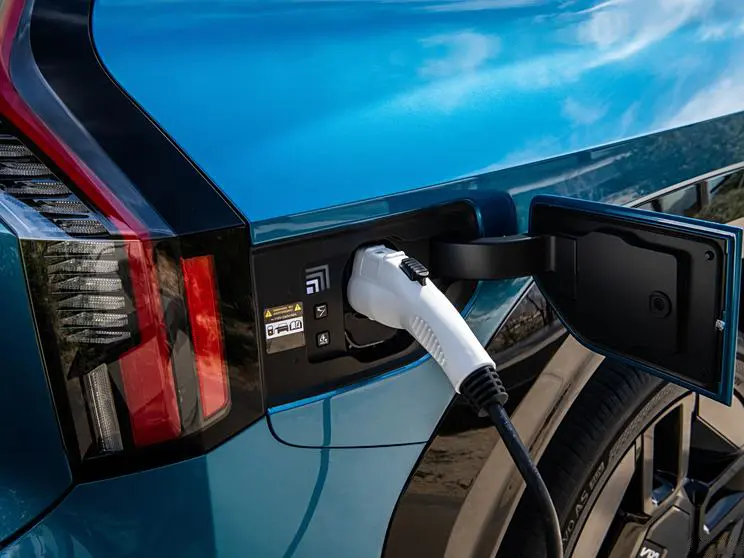
Long Term Idle vs Daily Short Trip: Which Harms Your EV More?
As an EV owner, it is important for you to know how to keep your EV Battery health in good condition. With the growing popularity of electric vehicles (EVs), proper maintenance has become more critical than ever. Whether your EV remains unused for extended periods or is driven only a few kilometers daily, the key question is: which is worse for your EV—long-term idle or daily short trips? While both scenarios can affect your EV battery health, understanding their impacts is essential for making informed choices. For more tips on maintaining your EV battery and extending its lifespan, check out our detailed guide on EV battery charging maintenance.
Conclusion First:

In general, long-term idle is more damaging to an EV than daily short trips. This is particularly true for the battery system, as extended periods of non-use can lead to deep discharge, significantly reducing the battery’s lifespan.
I. Impacts of Daily Short Trip on EVs
Although driving just a few kilometers daily might seem convenient for errands or commuting, it can subtly affect your EV’s performance, especially its battery.
1. Gradual Decline in Battery Range

EV batteries perform best when they go through full charge-discharge cycles. However, if your daily trips are very short, the battery may remain in a shallow charge-discharge state. Over time, this could result in a gradual loss of range, limiting the maximum distance you can travel on a full charge.
2. Increased Energy Consumption in Winter

Cold temperatures can significantly affect EV battery health. During short trips, the battery may not reach its optimal operating temperature before the vehicle stops. This reduces efficiency and increases energy consumption. Moreover, in winter, the battery may require additional heating, which increases wear over time.
Fortunately, the motor and drivetrain in EVs are generally less sensitive to short trips, so their wear and tear is minimal.
II. Long-Term Idle Impact on EVs
While leaving your EV unused for a long time might seem harmless, it can cause severe issues, particularly for the battery.
1. Battery Degradation

When an EV is left idle, the battery slowly self-discharges. If the charge drops too low, it can lead to deep discharge, which significantly shortens the battery’s lifespan. In extreme cases, deep discharge may even necessitate costly battery replacement.
2. Tire Deformation

As with any vehicle, long-term parking can cause certain areas of the tires to bear the car’s weight continuously. Over time, this may lead to “flat spots,” which affect driving comfort and safety. Severe cases may require tire replacement.
3. Aging of Electronic Components
Prolonged inactivity can lead to the failure or aging of electronic systems, especially in humid environments. This could result in malfunctions when the vehicle is eventually used again.
III. Which Situation Is Worse for Your EV?

Based on the above analysis, long-term idle poses a greater threat to EV battery health and overall condition. Deep discharge is particularly harmful and can cause irreversible damage to the battery. In contrast, the impacts of daily short trips on EVs, while not ideal, can be managed through periodic longer drives and battery care.
IV. How to Minimize Negative Impacts:

For Long-Term Inactivity:
- Maintain battery charge: Regularly charge the battery to keep it between 40% and 60%, preventing deep discharge.
- Avoid tire deformation: Periodically move the vehicle or inflate the tires to the recommended pressure.
For Daily Short-Distance Drivers:
- Take periodic longer trips: Drive at least 20 kilometers (12 miles) occasionally to allow a full charge-discharge cycle, which helps maintain battery health and extend its lifespan.
Conclusion: Proper care and maintenance are essential to keeping your EV in optimal condition, whether it is used for short trips or remains idle for long periods. By understanding the impacts of daily short trips on EVs and the long-term idle impact on EVs, you can take proactive measures to protect your vehicle’s performance and maximize battery health.
